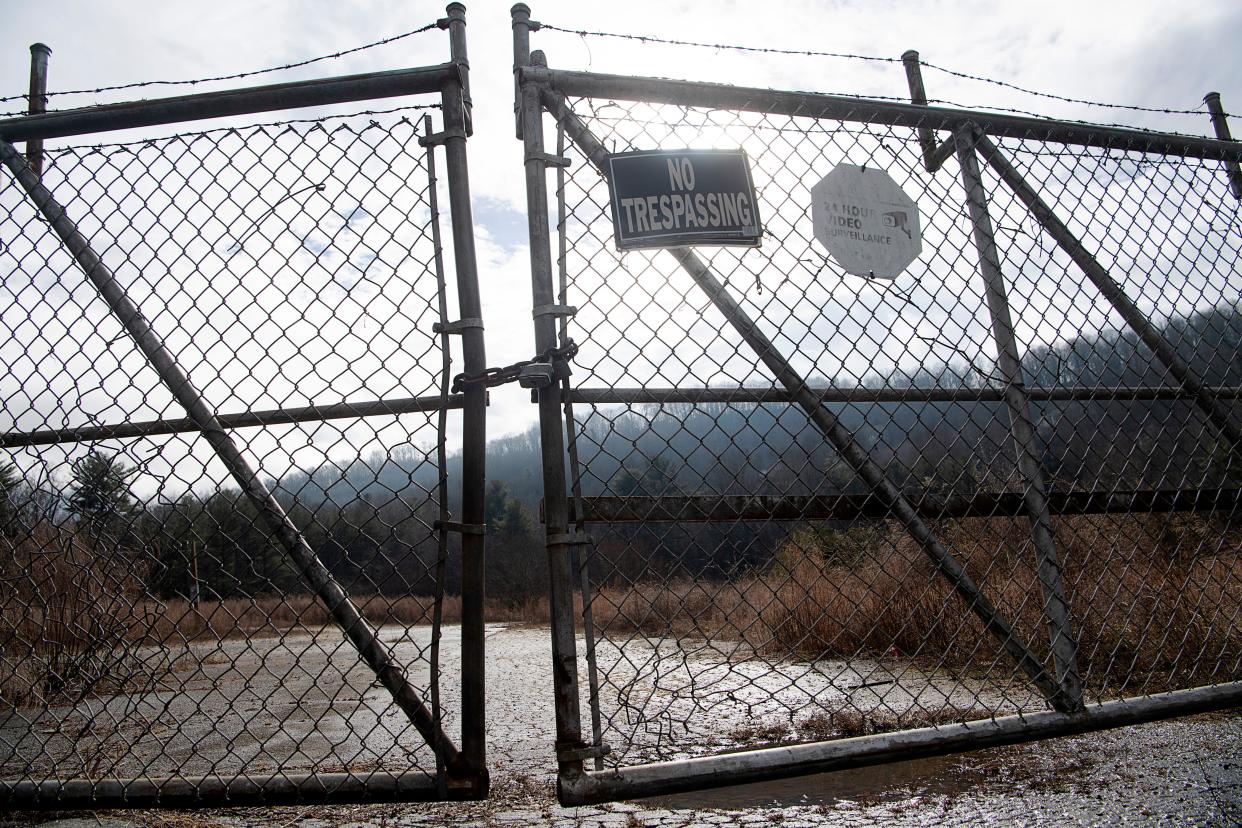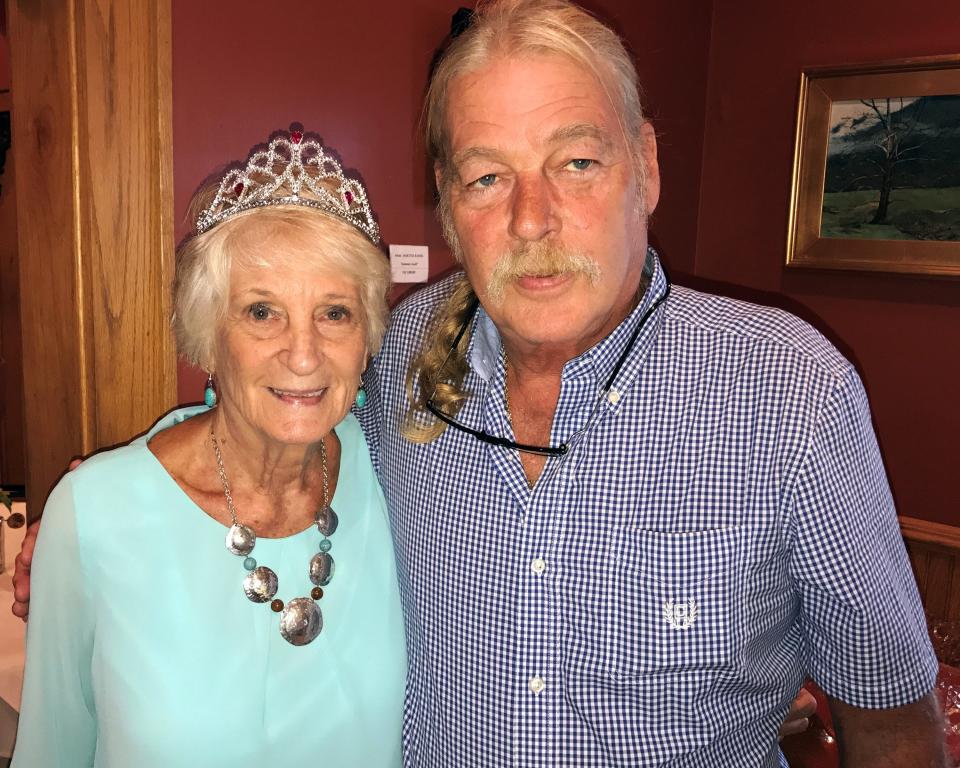Contamination in Asheville CTS wells returns, EPA conducts 'polishing event' treatment

ASHEVILLE – The Environmental Protection Agency will conduct additional treatment at the former CTS of Asheville Superfund site off Mills Gap Road beginning Aug. 14, according to an EPA news release. The efforts are anticipated to take three weeks to complete, and come after some wells on the property had rebounded in contamination levels.
The Aug 14. treatment will add an additional 40,000 pounds of potassium permanganate to the process, targeting 12 injection wells that were being a “little stubborn,” EPA remedial project manager Craig Zeller said.
The treatment is a continuation of a process called in-situ chemical oxidation, or ISCO, which involves the injection of potassium permanganate into the ground to break down TCE.
In 2017, the EPA and Department of Justice reached an agreement with Northrup Grumman, CTS and property owner Mills Gap Road associates, which required the companies to spend $9 million to remove 95% of contamination from trichloroethylene, or TCE. TCE is a known carcinogen and is typically found in degreasers, adhesives and paint removers, according to the CDC.
CTS and Northrup Grumman contaminated the site with TCE, a past Citizen-Times report shows.
“It’s very common on all these treatments for ISCO,” said Zeller. “Where you have the primary event followed by a series of polishing events.”
The groundwater at the Mills Gap Road Superfund Site is currently checked every six months. In January 2023, the site was at “about 76% reduction” of TCE, but later rebounded back down to 70% when checked in July, Zeller said.
“That’s common as you pump this oxidant into the ground,” said Zeller. “It eats the TCE, but sometimes there is enough mass the oxidant gets eaten up.”
No additional drilling is to be expected, but the process is expected to cost an additional $500,000, Zeller said.
Family history of suspicious illness near site
Terry Rice, who had lived on the Mills Road property, brought alarm to the issue in 1999 after noticing a sheen and odor coming from a spring near his home. Rice died from a brain tumor in 2020, as reported by the Citizen Times.
More: Terry Rice, who sounded alarm to CTS contamination in Asheville for decades, has died
More: Answer Man: What is status of hazardous CTS Superfund site cleanup in South Asheville?
His mother, Dot Rice, 86, still owns property on the contaminated site and lives on land adjacent to it. She said the process has made her feel safe, but memories still linger from the contamination.

Like her son, Rice said her granddaughter also has a brain tumor. Rice noted her husband as well, a Vietnam War veteran, also had a brain tumor.
“The doctors never do say it was caused by any of this so we can't say that," Rice said. "But it seems ironic that it happened in my family."
Though Rice has worries about the spring where TCE was originally found, where some trees have fallen, Zeller says the cleaning system installed for the spring is "working as designed." This treatment program involves a series of pipes which force air into the ground which then suck air out through activated carbon which removes ambient TCE from the ground, Zeller said.
"Before we got any treatment up there, the air quality that we were pulling out on the ground was around 25,000 micrograms per cubic meter," said Zeller.
Since then, they have reduced the ground air to "2,000 to 3,000 micrograms per cubic meter," a reduction of nearly 90%, said Zeller.
The air quality above the spring is even cleaner, with contaminate levels around ".25 micrograms per cubic meter," Zeller said. TCE levels in the air should be no more than 2 micrograms per cubic meter, according to a 2019 EPA report.
"We want to keep that stuff below 2," said Zeller. "We haven't had any above 2 for a very long time."
Clean-up efforts began in 2017 with electric resistance heating, which heated groundwater and vaporized TCE to remove it from the property. A March 2020 effort to clean the site started the second process, where 350,000 pounds of potassium permanganate were injected into the subsurface of the property.
While the 2017 electric resistance heating process was a success, Zeller says the ISCO process is “not nearly as satisfying.”
“We’re confident we’ll get there eventually,” Zeller said. “It may require another event — we don’t know.”
More: 'At long last': EPA wraps last cleanup phase at CTS Asheville Superfund Site on Mills Gap
More: CTS Superfund cleanup could begin in summer
Will Hofmann is the Citizen Times Growth and Development Reporter. Email him at WHofmann@citizentimes.com.
This article originally appeared on Asheville Citizen Times: Asheville CTS Superfund well contaminations return says EPA

